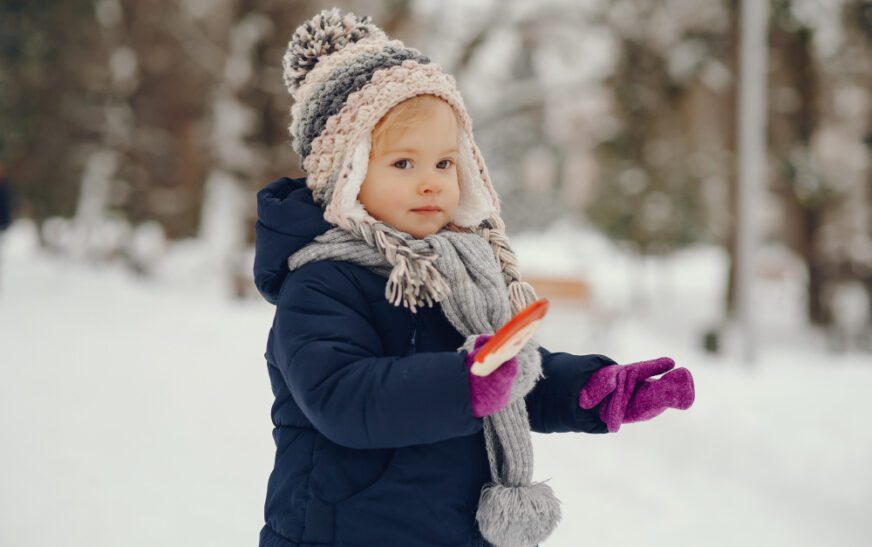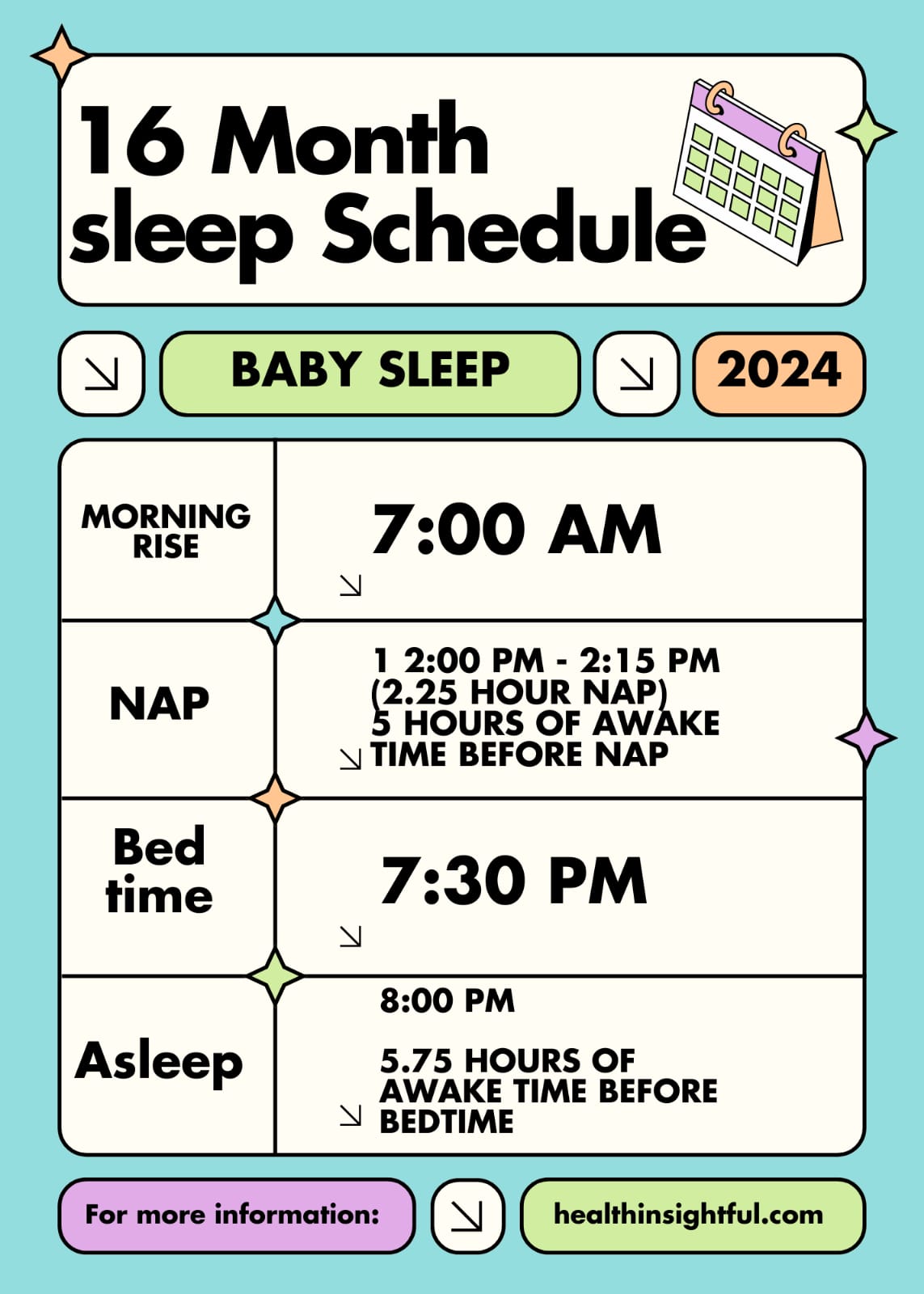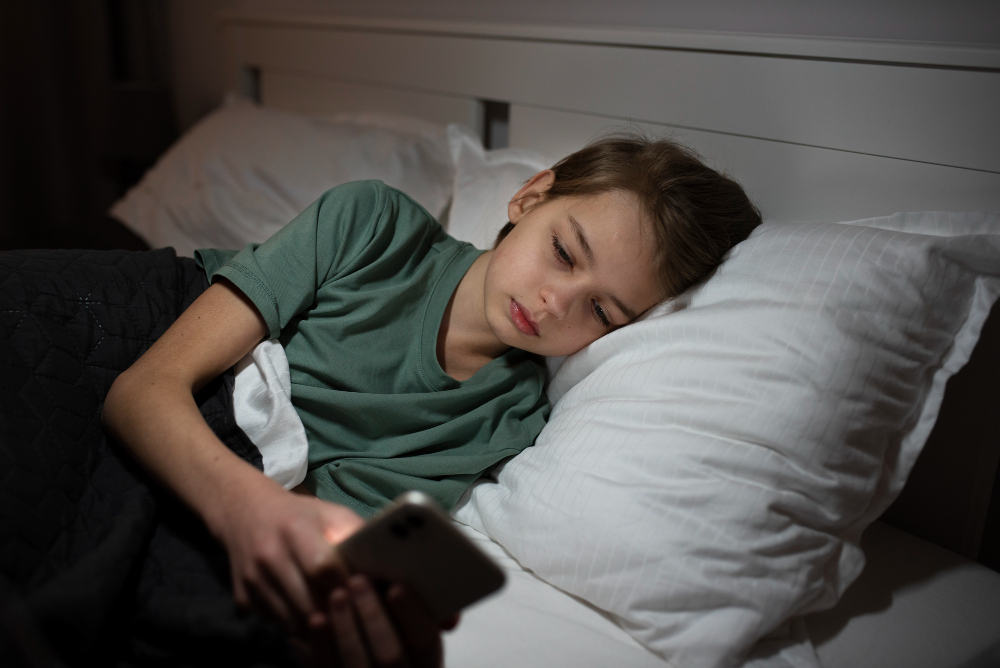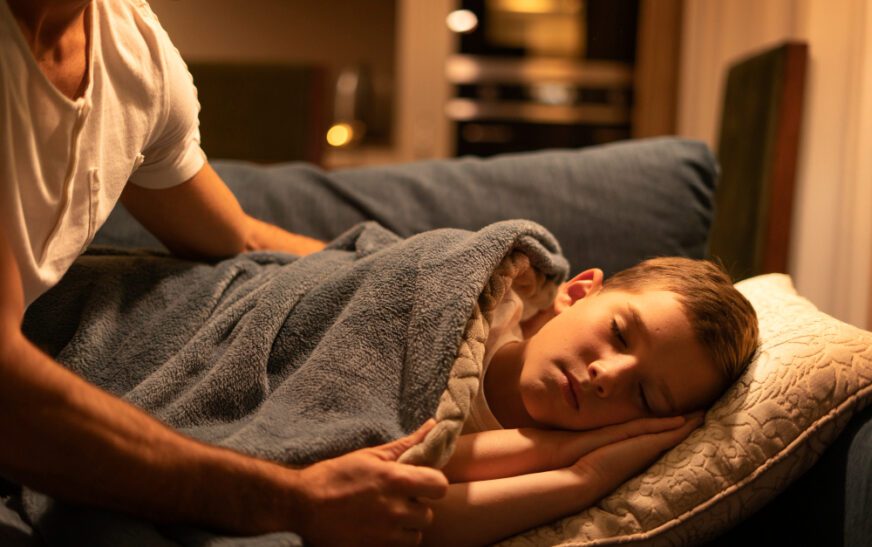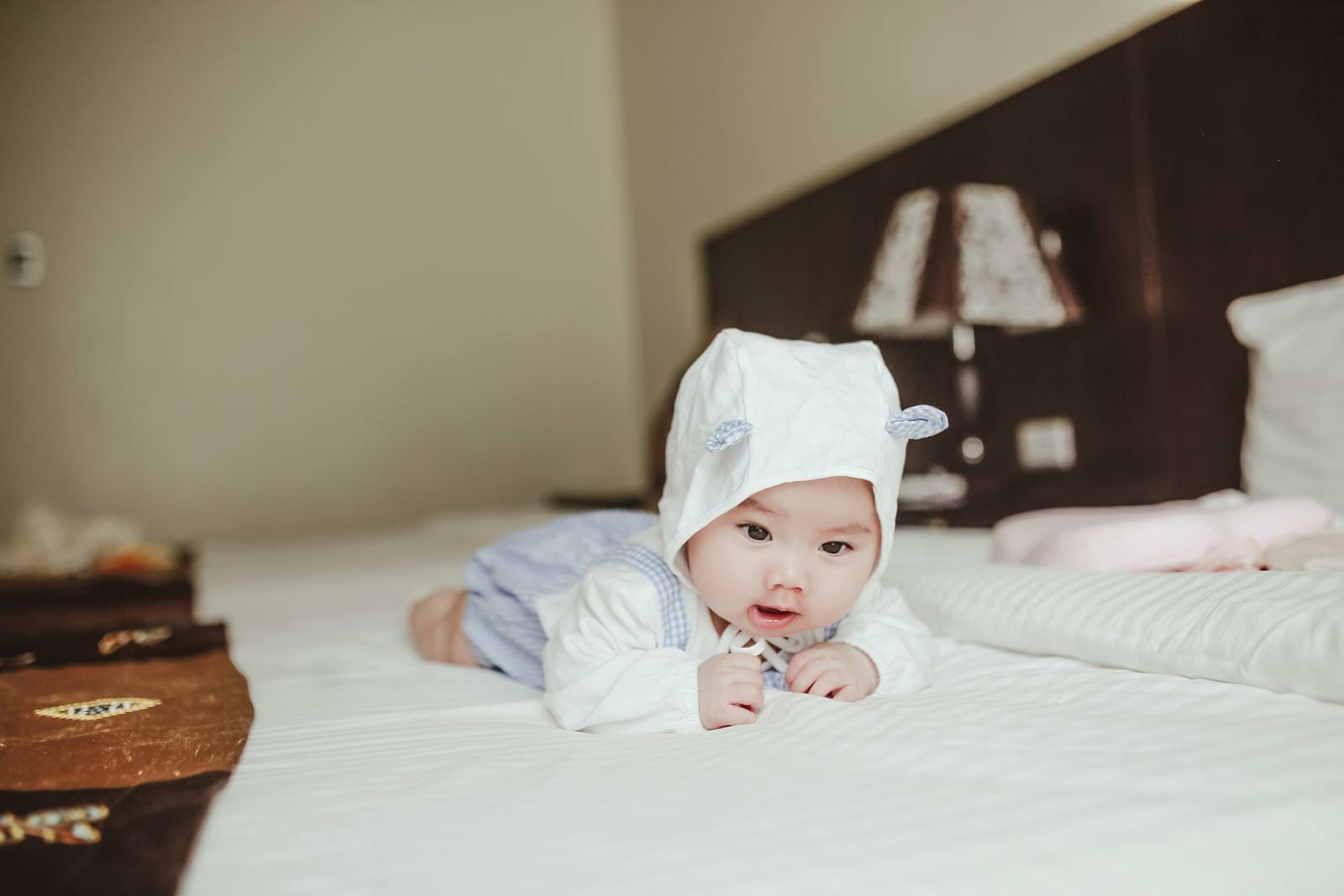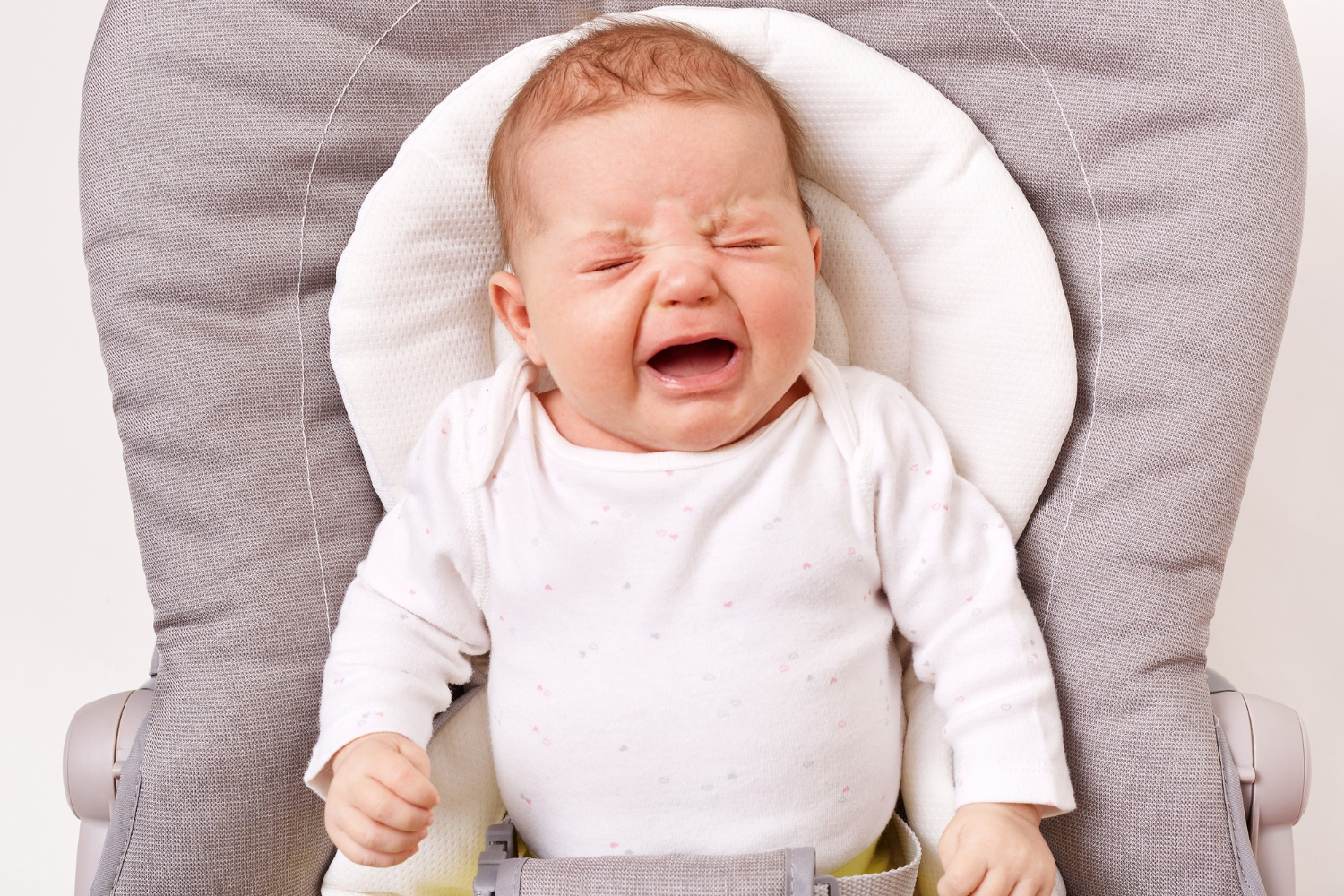The safety and comfort of your baby when asleep are paramount and very important in terms of healthy living and well-being. Probably the most commonly worry just happens to become one nagging issue: the temperature of their baby’s room. How cold is too cold for a baby to sleep? Knowing how your baby likes to sleep best in temperature will help you avoid risks associated with hypothermia and Sudden Infant Death Syndrome. From this detailed guide, you will get through the many complexities of maintaining the right temperature, knowing that a well-sleeping baby must also be a safe one.
Why Room Temperature Matters
Room temperature significantly influences the quality of a baby’s sleep and his general health. Babies, especially newborns, cannot keep their bodily mechanisms operating for body temperature maintenance as well as adults do. This makes them more sensitive to temperature extremes that might affect their sleep and general health.
It is dangerous to overheat, yet at the same time babies have to be kept warm. Overheating has been “scientifically” proved to increase the risks of SIDS. Too many layers can be indicated by signs of perspiration, flushed cheeks, and rapid breathing.
The Risks of Cold Stress: A very cold room, on the other hand, may cause cold stress for the baby. The baby will have to exert its energies in warming up the body. This would eventually lead to labored breathing and weight loss, while in extreme conditions hypothermia may set in.
What would be the correct room temperature for a sleeping baby?
What the pediatrician recommends as ideal and correct room temperature is from 68°F to 72°F or 20°C to 22°C. This range of temperature will be ideal for the baby to sleep and keep them away from overheating and chilling.
Checking Room Temperature: The room temperature of your sleeping baby should be checked with a room thermometer. Many modern baby monitors come fitted with thermometers for ease of keeping track.
Signs Baby’s Too Cold
Knowing some of the signs of your baby being too cold will help you take immediate action. Check for these symptoms:
- Cold Hands and Feet: Babies have cold hands and feet simply due to the underdeveloped circulatory system. However, if they are too cold to the touch, then that could be an indication of a room that’s too cold.
- Pale or blue skin: This is a likely indication that your baby is too cold. The pale or bluish tints manage to show up quite easily on the nose, lips, and fingertips.
- Shivering: Just like adults, babies will shiver if they are cold. If your baby has reached the point of shivering, this is a sure sign that they need more warmth.
- Unusual fussiness: A fussy or crying baby, more than usual may be uncomfortable because of the cold.
How to Keep Your Baby Warm Safely

The sleeping temperature of a baby is an essential thing for consideration, though it entails making sure that he does not get overheated. The following are some guidelines to keep in mind when keeping your baby warm in bed:
- Wear Layers: Instead of thick blankets, dress your baby in layers of clothes. A onesie underneath a sleep sack or swaddle shall be fine enough and keep him from the risk of getting suffocated.
- Sleep Sack: Sleep sacks are wearable blankets that allow the baby to move freely underneath. But it’s much safer than with loose blankets that pose a suffocation risk.
- Check the Material: Go for sleepwear made of breathable materials like cotton. Avoid synthetic material that causes overheating.
Don’t wear hats and gloves indoors, as that can make your baby get overheated inside the house. Yes, babies do lose a lot of heat from their heads, and keeping them uncovered cools them down, thus helping in regulating their body temperature.
What to Do If Your Baby Is Too Cold
If you suspect that your baby might be too cold, there are ways to go about warming them up safely:
- Temperature of the Room: This may not always be possible, but if it is, keep the room temperature between a suggested range of 68 to 72 degrees Fahrenheit.
- More Clothes: Put another lightweight layer on your baby. Be sure the clothes he/she wears are not too tight or ill-fitting.
- Skin to Skin Contact: Skin-to-skin contact is one of the quickest methods to rewarm your baby. Simply press them against your chest, throw a blanket over the two of you, and your body temperature will autocorrect their own.
- Dress them with a Warm, Not Hot Blanket: Where necessary, you may want to wrap your baby with a warm blanket, although this needs to be done with caution to avoid it being too hot. Their face should be uncovered, and the blanket should be firmly secured.
- When to Worry: The Dangers of Hypothermia
Mild cold exposure will often be treated just like what has been discussed above, while on the other hand, longer cold exposure may lead to hypothermia in the baby-a critical condition wherein the body of an individual loses heat faster than it produces. - Hypothermia in Babies – Warning Signs:Violent shivering or no shivering at all-in extreme conditions.
- Lethargy: Your baby seems very tired or sluggish. A hypothermic baby may be listless or have little interest in feeding.
- Cold Skin: If your baby’s skin feels cold to the touch, especially over the chest or abdomen, get medical help at once.
What to Do If you think that your baby has hypothermia, seek medical attention right away. Meanwhile, begin to warm your baby slowly by wrapping him or her in warm blankets and moving him or her to a warmer place to sleep. Do not use hot water bottles or heating pads. These may burn your baby or cause the body to become too hot.
Tips for Winter: How to Keep Your Baby Warm

During the colder months, it’s very important that you take extra precautions in keeping your baby warm:
Heaters and Humidifiers: If you must have a heater in your nursery, make sure that it is safe and that the temperature should never get too hot. A humidifier will regulate the right amount of moisture in the air and help to prevent drying out your baby’s skin.
Check for Windows and Doors: Ensure the windows and doors are not drafty. You can use curtains or blinds to keep the room warm.
Car Seat Considerations: If going out, take off those thick layers before placing your baby into a car seat. Bulky clothes don’t allow the straps to go in snugly, and hence make them less effective in case there is an accident.
Conclusion: Finding the Balance
One thing a parent needs to know most is when the outside or inside room temperature-where the baby is sleeping-is too cold. While doing this, there has to be a fine balance between warmth and not overheating your baby. You can obtain this balance by being aware of the appropriate room temperature, the symptoms related to cold stress, and at the same time take helpful steps toward your baby’s comfort. Remember that all babies are unique, so close attention to the comfort of your baby can help signal when an adjustment is needed.
Just keep in mind that an environmental sleep space is more than just having the right room temperature. You are going to want to ensure that your baby stays comfortable and, most importantly, safe. This will put your mind at ease, but you will also be sleeping well, too, knowing that your little one is snug, warm, and safe through the night.

